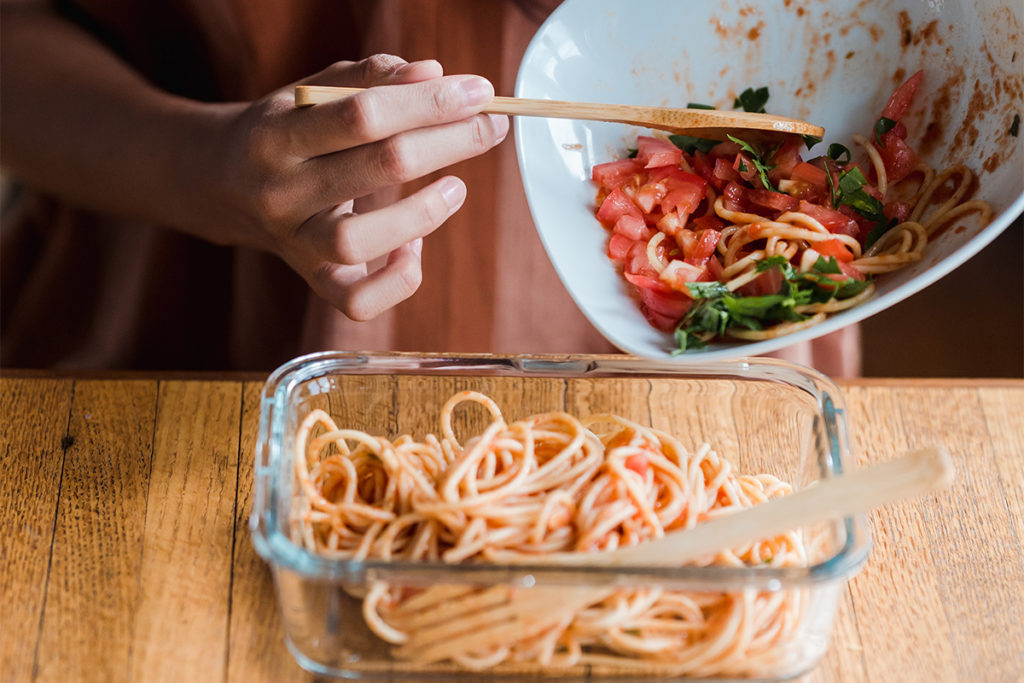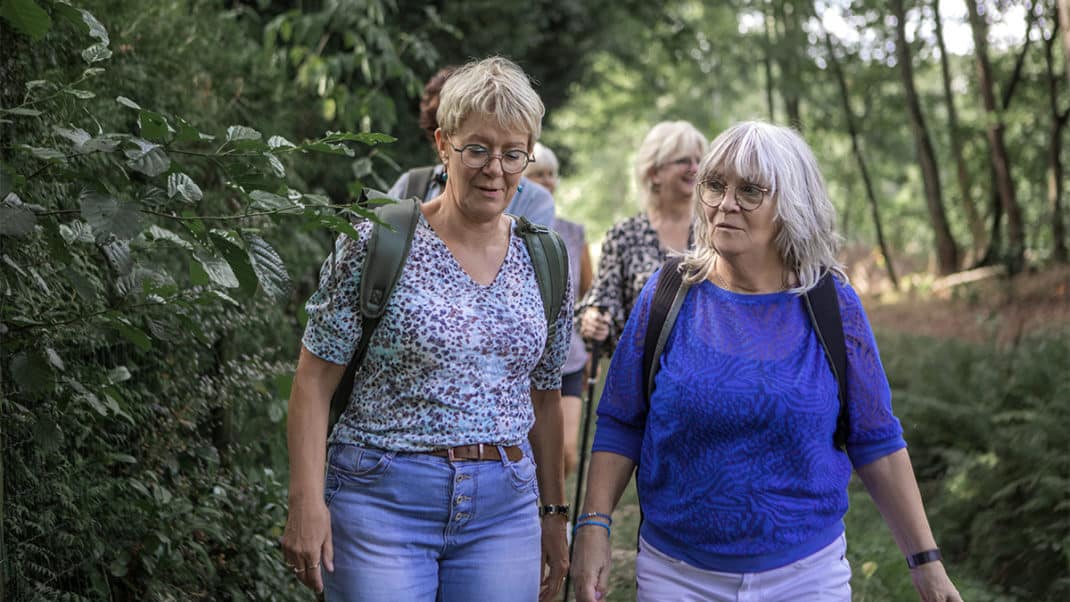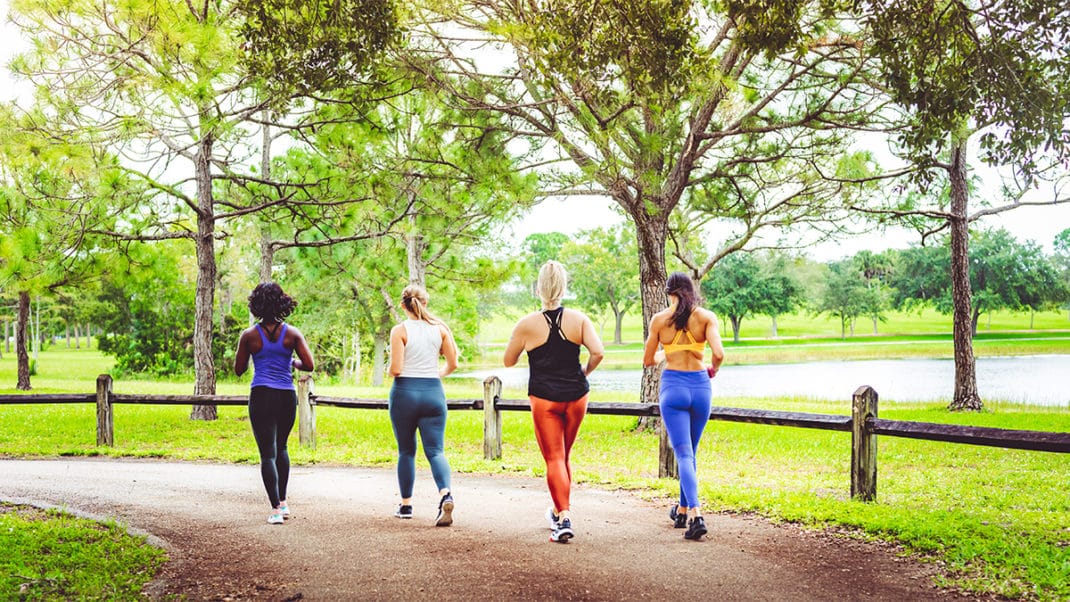Storing, Handling and Reheating Leftovers

If your family doesn’t manage to devour the entire dinner you’ve prepared for them in one sitting, a very practical way to save yourself time in the kitchen and stretch dollars is to plan a meal or two more from your leftovers.
There is both an art and a science to the planning that ensures food will be fresh and delicious—as well as safe to eat—the second or even third time around.
Which foods pack and reheat best?
Soups, chili, pastas, burritos, rice and grain salads are good candidates for packing and reheating as main meals the next day. Freezing can extend the life expectancy of a meal even longer.
What are considered best practices for handling and storing leftovers?
Food safety for leftovers begins with the original meal, says Gertie Hurley, with the U.S. Department of Agriculture (USDA) Food Safety and Inspection Service, in a blog transcript on the USDA’s website. “Make sure that the food is cooked initially to the safe minimum internal temperature as measured with a food thermometer. Keep hot food hot at 140° F [60° C] or above. Cold foods must be kept cold at 40° F [4° C] or below. Bacteria grow rapidly between 40° F and 140° F. Throw away all perishable foods such as meat, poultry, eggs and casseroles that have been left at room temperature over 2 hours, or discard after 1 hour when the temperatures are over 90° F [32° C].”
What if my food is in a large pot that takes longer than 2 hours to cool?
Hurley suggests dividing the food into smaller portions in shallow containers and then refrigerating them. In fact, she says, “any large item should be divided into smaller portions to cool. Whole roasts, hams, and turkeys should be sliced or cut into smaller pieces or portions before storing them in the refrigerator or freezer. Turkey legs, wings, and thighs may be left whole. All leftovers should be wrapped or covered before refrigerating or freezing.”
I’m ready to reheat and eat my leftovers! What is the best way to do this?
“Reheat leftovers containing meat or poultry to an internal temperature of at least 165° F [74° C],” Hurley says. “Always use a food thermometer to verify the internal temperature of the food. Reheat sauces, soups, and gravies by bringing them to a rolling boil.”
For answers to your food safety questions, call USDA’s toll-free meat and poultry hotline at (888) 674-6854.
Sandy Todd Webster
For 22 years, Sandy Todd Webster was the chief architect of IDEA's content program - including the award-winning IDEA FITNESS JOURNAL and IDEA FOOD & NUTRITION TIPS - the industry's leading resources for fitness, wellness and nutrition professionals worldwide. She created, launched and nurtured these brands and many others during her productive and purposeful IDEA tenure. Sandy is a Rouxbe-certified professional plant-based cook and a Precision Nutrition Level 1 Coach who is pursuing a Master's degree in Sustainable Food Systems through The Culinary Institute of America (expected August 2024). She plans to combine these passions with her content expertise to continue inspiring others to make the world a more just, healthy and regenerative place.






